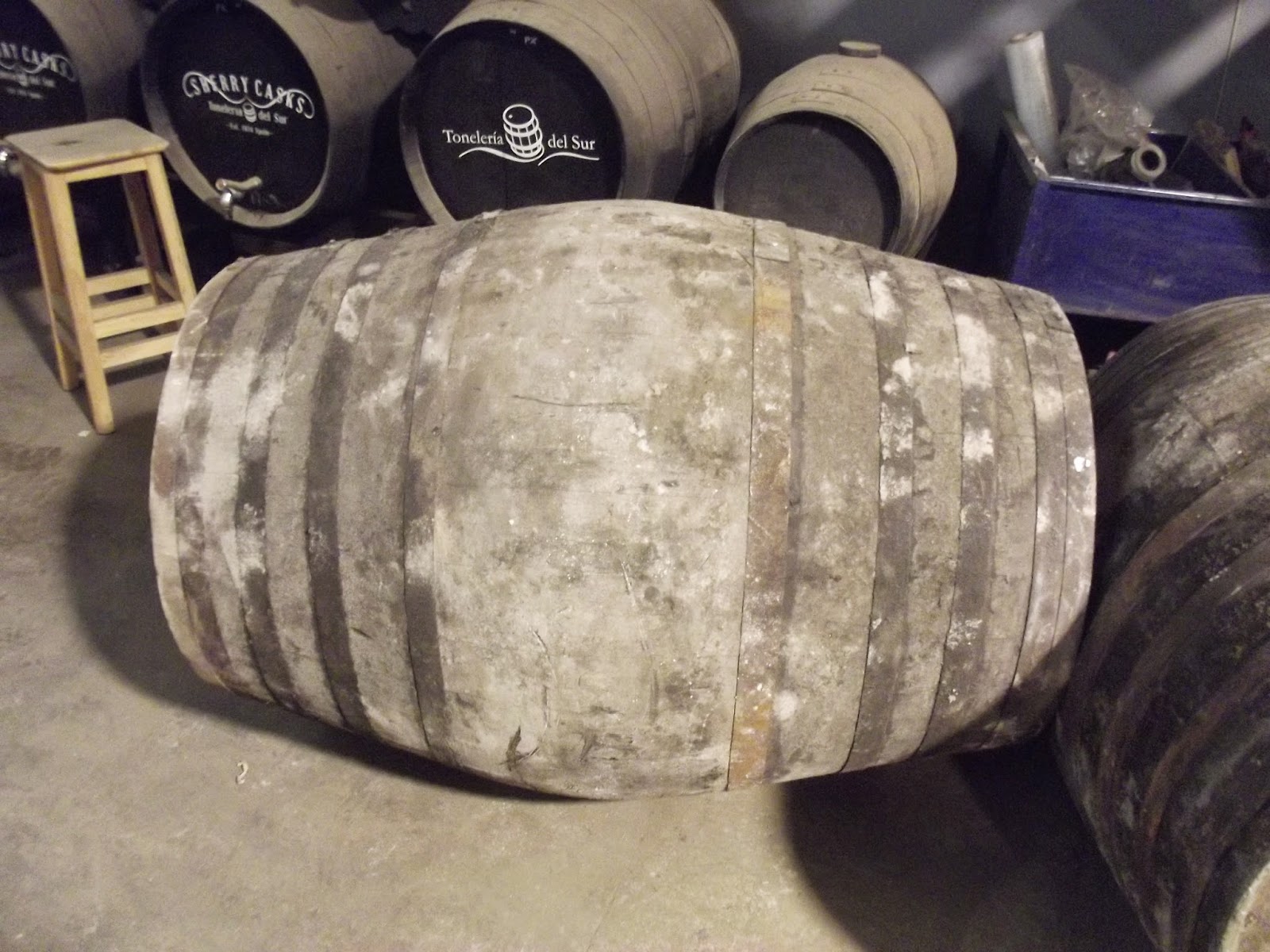I have never heard of it, until just recently when I received an email from La Alazana distillery, asking if they could be added to my distillery maps. Off course they could :-)
After asking for the location I have now added it the the "Americas" map, take a look at the location, it's on the east side of the Andes Mountains in the western parts of Argentina.
There is a link to the rest of my maps in the column just right of here------------------------>
It didn't end there. I got a little curious about how it was to run a distillery in Argentina. I asked Nestor Serenelli of La Alazana if he would do a little email interview for this blog which he agreed. Thanks for that, here is my impression from the interview, I went for some hard facts most of all
First, there is a few photos in this post, all from La Alazana's facebook page
La Alazana Distillery
La Alazana, the name of the distillery is actually the name of the farm where it is located. In Spanish, the word "alazan" us used to refer to the copper colour of a chestnut coated horse. The farm is named after a favourite horse, a chestnut mare they used to have. Personally, with the copper reference, I think it's a great name for a whisky distillery
The Stills of La Alazana
Every single step in the proces, from milling to bottling, is done by La Alazana thenselves. The production is very limited, to around 30 casks a year. That's about a third of the actual capacity.
La Alazana use domestic barley and peated belgian barley for their different levels of peating, so far three levels of peating is used, light, medium and heavy
The fermentation time is 120 hours
They work with high cut points, from 78% down to a minimum of 70%
The different casks are a mix of three types. Ex-kentucky barrels, ex-sherry from Hagmann, an argentinian sherry producer in the San Juan province and finally ex-cognac butts, made from Limousine oak. The casks is filled at 63.5%
La Alazana belongs to the rural area of the small patagonian mountain range town of Lago Puelo, which specializes in growing berries. The distillery started as a fruit brandy distillery, with a small homemade still, then they made corn whisky and then decided to go malt whisky on a larger commercial scale, with a special set of stills as seen above. Not very large compared to most other distilleries I have visited
Blended whisky has always been popular in Argentina and there is a growing market for single malt whisky. Nestor has been a whisky lover since his youth, so it was a natural evolution for him as a distiller to turn toward this product. With his partner Pablo Tognetti, they started the first licensed malt whisky distillery in Argentina
La Alazana casks to be filled
Expect the first bottling of La Alazana whisky to be bottled at the end of this year. I hope for the argentinian whisky entusiasts and La Alazana that it's going to be tasty
More info on the website of La Alazana
The nice photos and just looking at the map, makes me consider doing a whisky trip to Argentina :-)









